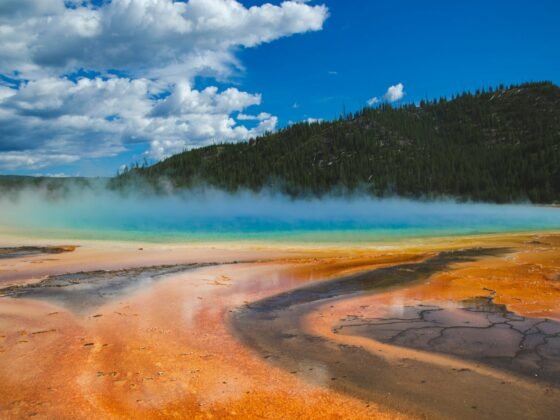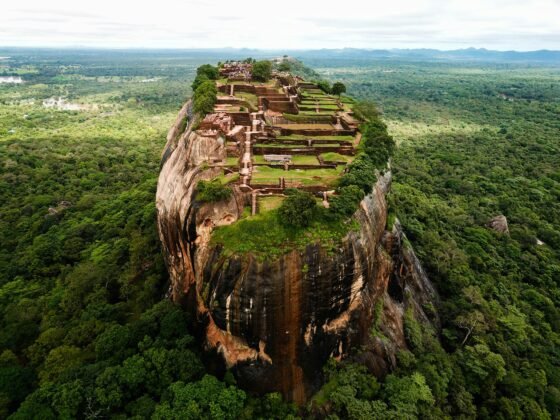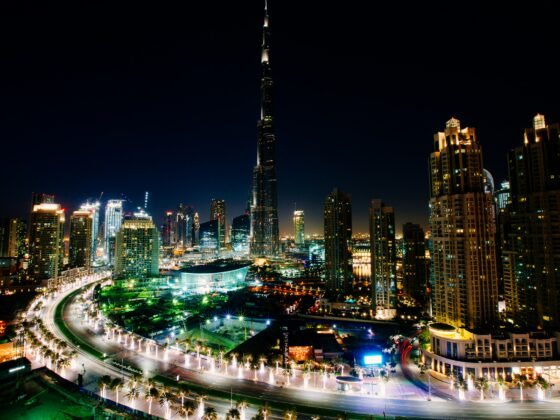Most tours to Myanmar, or Burma, start in Yangon (previously Rangoon). Its modern International airport receives flights from an ever-growing number of airlines, making access to the country easier and less expensive. Under the British Rangoon was made the capital, mainly because of its location and potential as a trading centre, and this heritage can still clearly be seen in the colonial style architecture still visible on the waterfront and town centre, as well as the churches and Cathedrals.
The current Military Junta moved the capital in 2005 to Nay Phi Taw, then just an area of scrubland some 200 miles to the north. They wanted a capital free from the shadow of the colonial past, more central within the country and also easier to control and monitor security. As a result many of the old Government buildings in Yangon, such as the Parliament building now stand empty in the heart of the city, giving it a strange melancholy feel.
It is still the largest city in Burma and a visit to its massive central market is a must. Four floors of bustle, packed with traders from outlying towns and villagers come to negotiate and stock up with goods for their businesses and shops. Also a great place to buy rattan balls and wooden spinning tops for authentic (and cheap) presents for the children.
The most sacred and famous of the buildings in Yangon is the Shwedagon Pagoda, a towering stupa set on a small hill that dominates the city. Its spire is covered with over 11 tonnes of gold, its crown inlayed with over 4,000 diamonds. It is a fusion of intricate old carving and neon lights, of gold shimmering in the tropical sun and thousands of LED bulbs flashing behind an image of the Buddha. Above all this, however, is the face that it is a sacred and popular shrine, worshippers and pilgrims praying and prostrating themselves on the polished flagging, leaving offerings and incense and bathing in water their birth signs. The pagoda, shrines and monastery form the spectacular backdrop to the theatre that plays out before you as you sit watching people living their lives.
There are many other religious sites to see, such as the Sule Pagoda and the huge reclining Buddha, but don’t forget to simply wander and take in the sounds and smells of this vibrant and characterful city. Perhaps enjoy a “Strand Sour” at the bar of the Strand Hotel, the old sister hotel of Raffles in Singapore, followed by noodles at one of the local restaurant, a sprinkling of the local chilli dried fish on top.
The most famous of the places to see in Burma is Bagan. Previously known as Pagan, it was the capitol city of an empire in the 12th and 13th centuries. A time of prosperity, the great and the good competed with each other to build the most impressive stupa or pagoda. Seven hundred years later, the houses, shops and stalls of wood have all gone, leaving over 3,200 pagodas reaching into the sky from a landscape of fields, scrub and forest.
Some slowly crumble and tumble away, vegetation sprouting from their walls; the main temples are rebuilt from the main earthquakes that have shaken the area. It is one of the most atmospheric and evocative laves in the world, especially at dawn and dusk when the warm sunlight makes the red brick they are built from glow, and a low mist rises and seems to suspend them in time and space.
You can rent a bike for a pound or so and are then free to explore, following bumpy tracks and dusty paths to outlying temples you expect to meet Indiana Jones in. Climb to the top of the monuments on steps so steep they are like ladders and you have to scramble back down backwards. Duck as you enter overgrown chambers and disturb the local bats that chatter busily and swoop past to escape to a darker more private recess. Marvel at the detailed paintings, vivid once more after centuries of soot have been cleaned away, that show what a carnival of colours these shrines must once have been, stone books in which monks and the people could marvel and learn about the teachings of Buddha on a medium that was the Blue ray of its day.
Mandalay is one of those names that just makes you want to go. It’s like Timbuktu or Kathmandu, it sounds exotic and mystical. What it is is a large bustling city, with more of a modern feel to it than Yangon probably due to the Chinese and Indian influences that seem stronger.
The Irrawaddy runs past it and you are able to take a boat up river to the ruins of Mingun, dominated by the massive unfinished pagoda. This huge brick base was never topped with its crowning tower, but if it had it would have been the largest Buddhist structure in the world. It’s big enough as it is, although after the recent earthquake it’s no longer possible to climb the rough staircase to its top. There is also the Mahamuni Pagoda, shimmering white and gold in the sun. With so little traffic it’s like a small time warp – ignore the [postcard sellers and it could almost be called peaceful.
A last visit must be made to the fading remains of Amarapura, another old capital that sits around a large lake and which is famous for the longest wooden bridge in the world – the U Bein – which runs across to a small village on the far bank. While crossing you can buy a caged owl or falcon and release it, watching it fly off to add to your good karma. It will probably fly straight back to its home, to be released again next day but the sight of them soaring free, like hopefully Myanmar can be freed over the next few years, is an uplifting sight.
For more information, tips and advice on visiting Burma, please read our travel guide which covers Yangon, Mandalay, Bagan, Shan, Kachin and much more.












